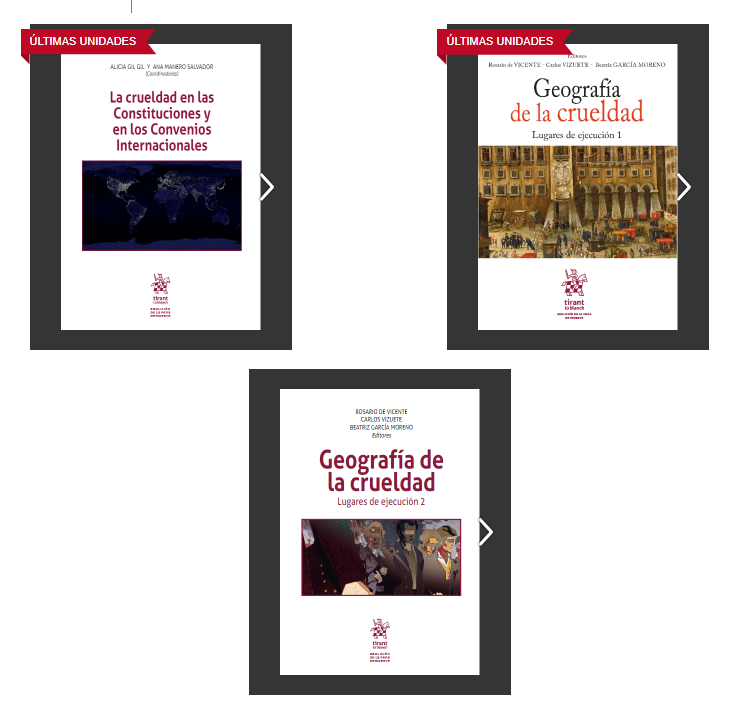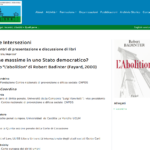Cruelty in constitutions and international agreements.
The conception of human dignity as a legal attribute of all human beings that makes them free and equal is the result of a laborious intellectual and political construction since the old days of the Salamanca school. But it will be the horrific crimes linked to the Second World War, especially genocide, the extermination of races and political options, and experimentation on human beings that strike the consciences of the allies who win the war when they have to discuss the new world legal order. Already in the Universal Declaration of Human Rights of 1948 and in the first post-war Constitutions, as well as in the European and American Conventions, human dignity and the prohibition of torture and cruel and inhuman punishment and treatment are enshrined, implemented in the Convention against it in 1984. Its first corollary was the restriction of the death penalty followed by its progressive abolition or moratorium, a penalty that today is classified? ca as cruel and inhuman punishment, as authentic torture.
It can thus be proclaimed that today the prohibition of capital punishment is ius cogens, which was presented by the authors of this book in Berlin in November 2022.
Access to index and first pages
Geography of Cruelty. Places of execution 1.
At the end of the Old Regime, criminal penalties, such as death, Dantesque prisons and torture as a crazy path to the truth, in addition to being cruel in themselves, were carried out with extreme cruelty, causing much greater evils than those that could be essential for comply with the sense of punishment, luxury evils that Pacheco would say about cruelty. It can be seen well in the engravings of Francisco de Goya or in the Jacques Callot and also in the painting of the Vicaría square in Naples shown in the book: condemned to be hung by their arms tied behind their backs, dancing out of joint in the air of the pole, prisoners with no food other than what their relatives throw into the baskets that hang like reeds from the bars of the cells and death as a major spectacle, with a procession of trumpets and kettledrums that announce it throughout the city. so that no one is free from witnessing the horror and suffering the terror with which they try, in vain, for everyone to conform to compliance with the law. The proximity of cruelty fuels sensitivity against cruelty. This Geography aims to serve this purpose, which in this first volume covers Spain, Italy, Argentina and Mexico.
Access to index and first pages
Geography of Cruelty. Places of execution 2.
Cruelty has no spatial limits and after the Geography of Cruelty I we continue
journey through scrolls, pillory, places of execution and cruel prisons through Spain and
America. By exposing these cruelties the aim is to stimulate the sensitivity of the
contemporary civilization that always rejects cruel punishments in our time,
whether it be the capitals, whether it be the deprivations of freedom that due to the conditions
in which this takes place constitute torture and that the fundamental norms prohibit
international human rights, in particular, article 7 of the
International Covenant on Civil and Political Rights.






No comment yet, add your voice below!